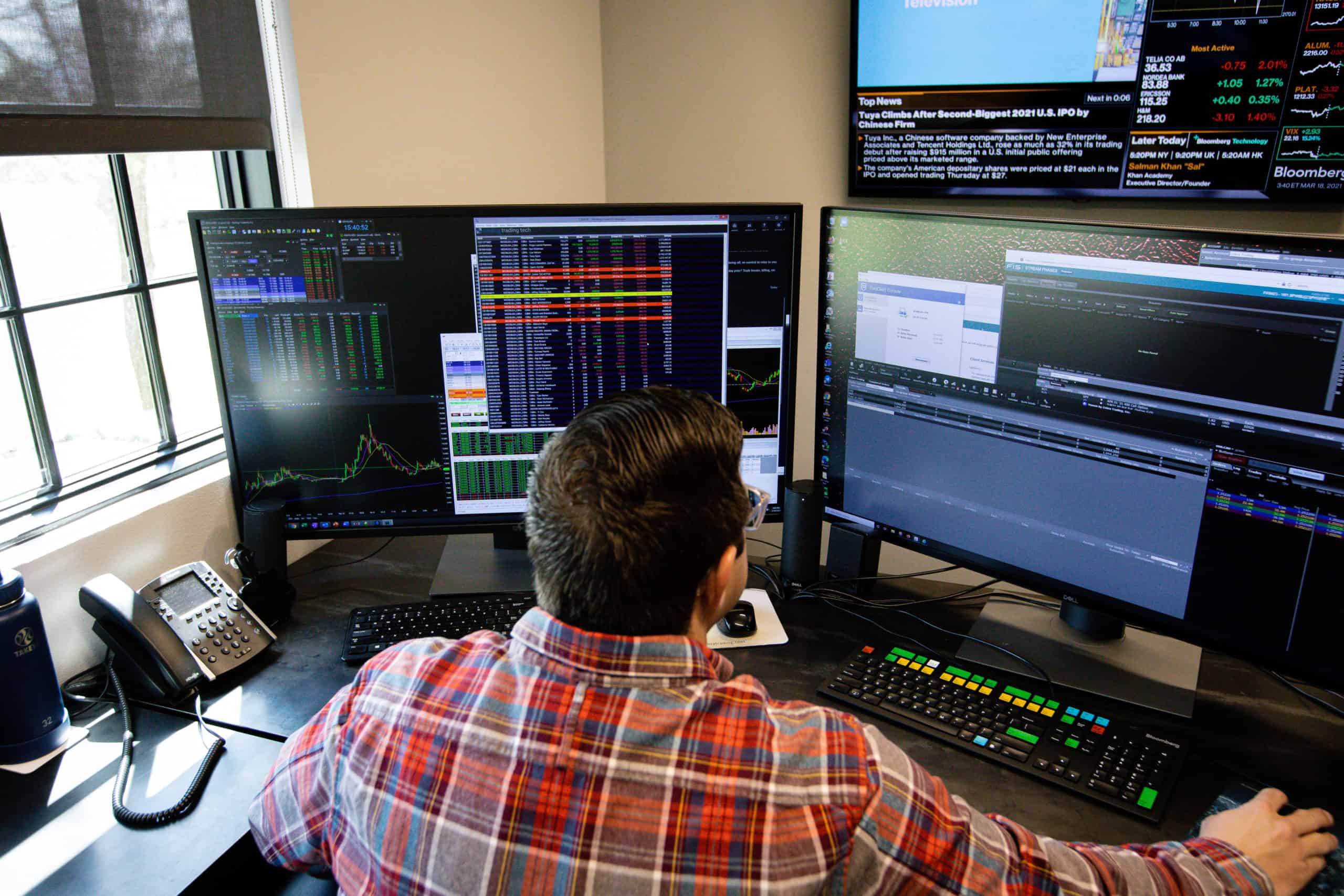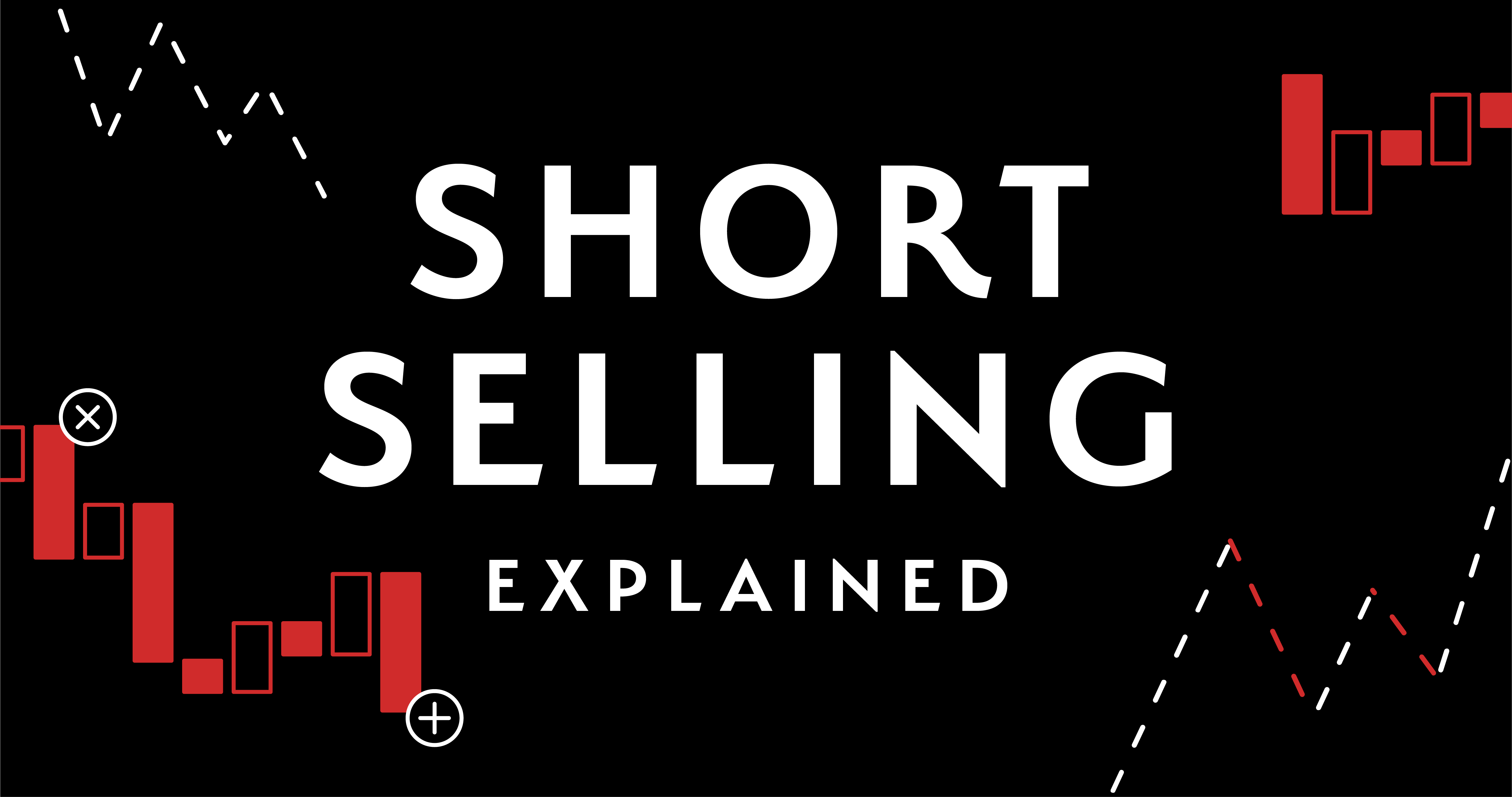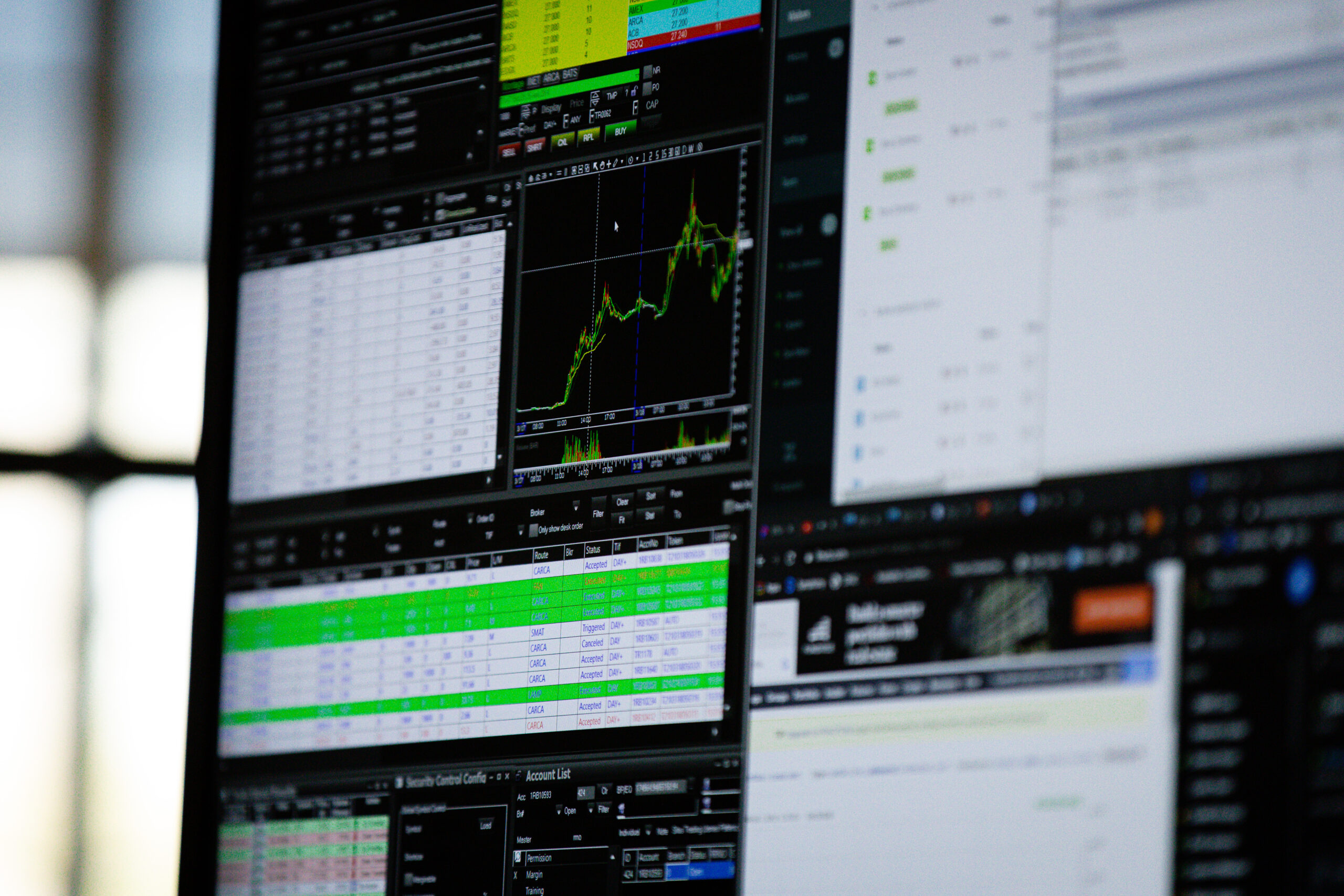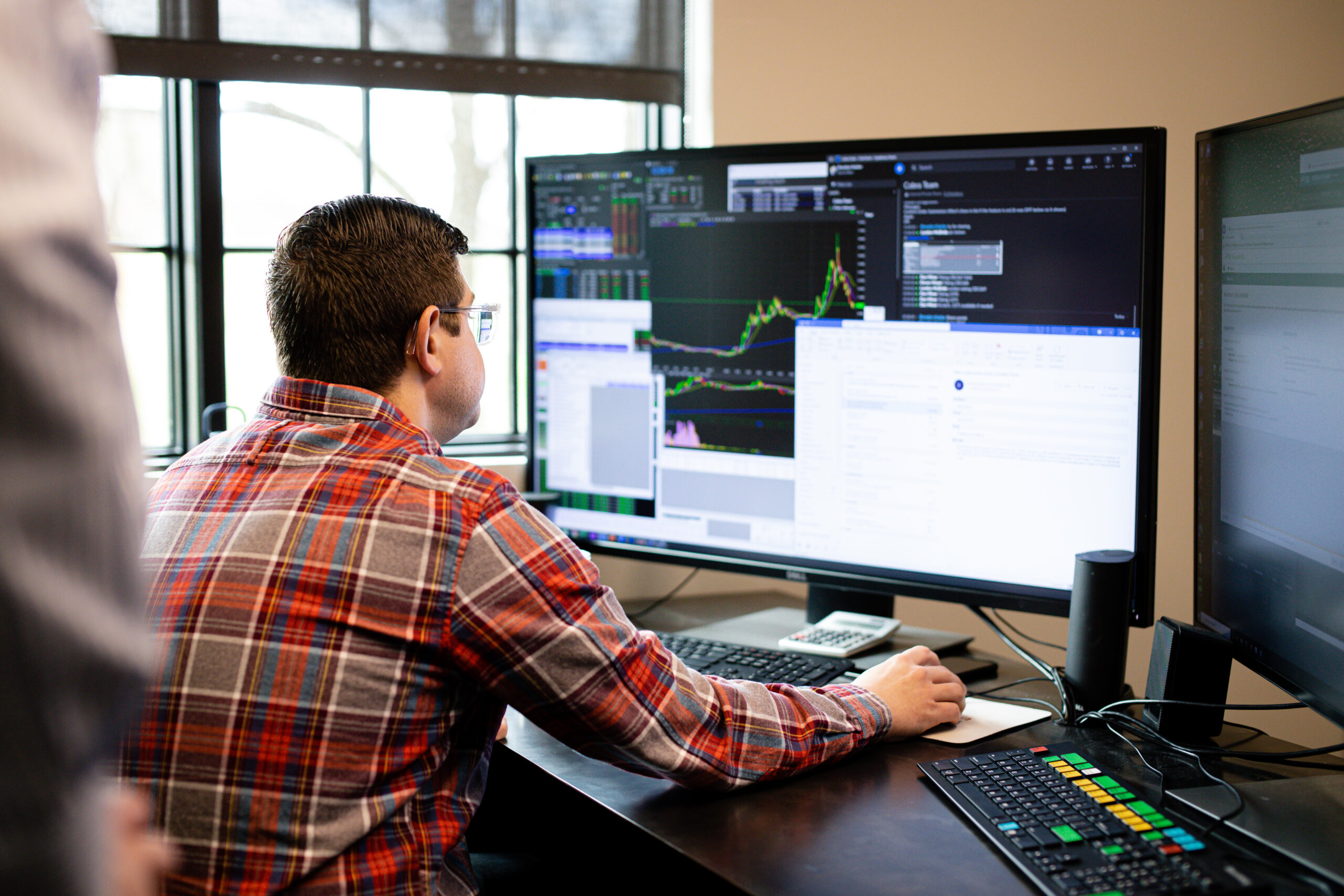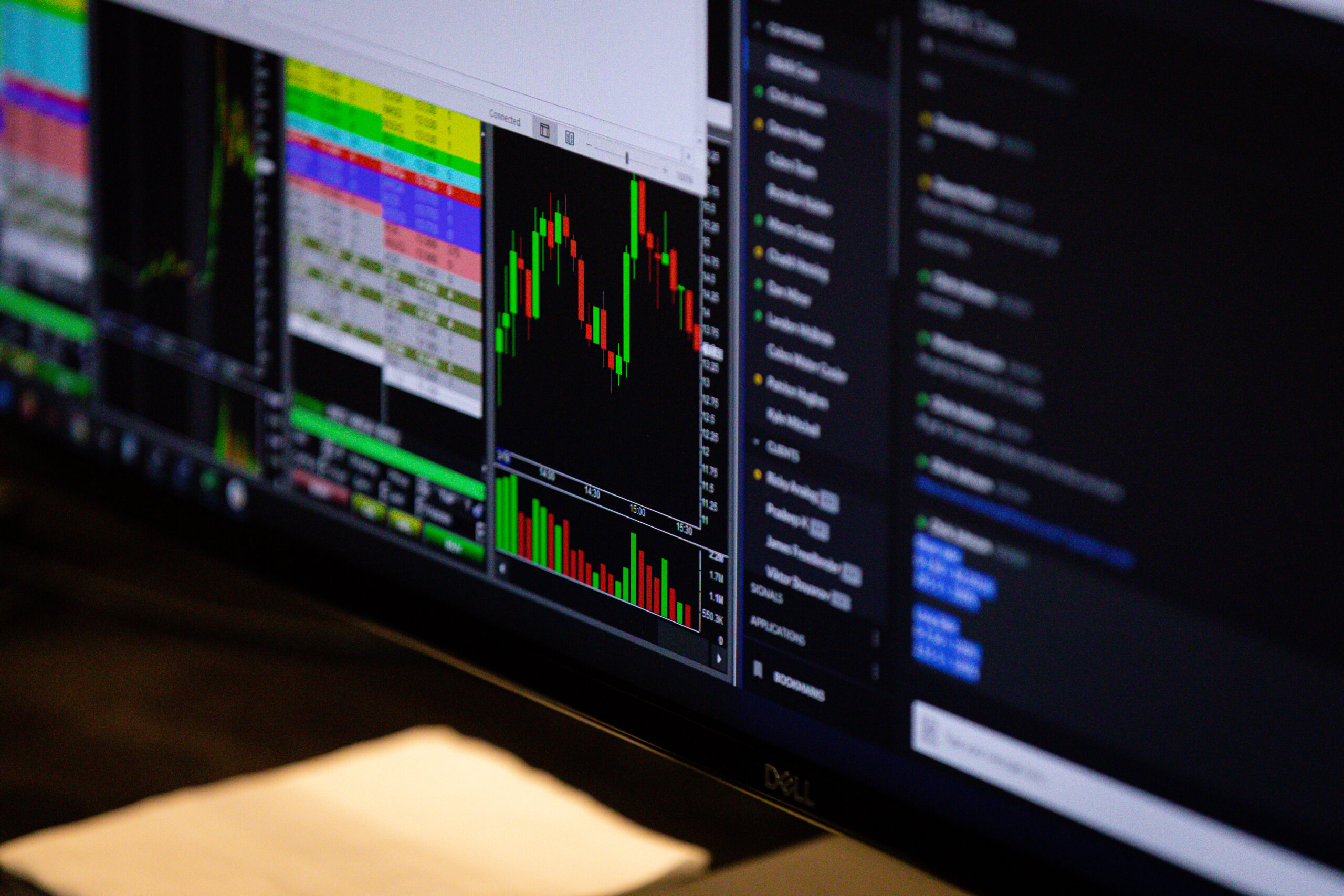Everybody trades in a different way, and we’re committed to helping you find a trading style that will fit your personality, schedule, and goals as a trader.
Day trading is ideal for those who like to trade fast. In this mode, you’re going to be focused on momentum trades. You’ll be working within a smaller time frame, therefore decisions will need to be made quickly.
And because the market may change even quicker, you need to be present to manage the trade actively. Some automation tools are available to help you execute your trade if you absolutely have to step away from the computer. However, you still need to keep an eye on the price changes since the trade can go against you within mere seconds.
Swing trading, on the other hand, takes place over a longer period of time. You may be in the same trade for days or weeks, giving you the opportunity to monitor information much more closely.
Swing traders tend to rely on automation much more than day traders since they can’t be expected to be at the computer for as long as they’re in a swing trade. That’s why this mode is preferred by those who have full-time jobs or other obligations that prevent them from following the market closely.
A longer timeframe also requires a different mindset. As a swing trader, you’ve got to be able to weather the storm and handle the mental load of being in a long-term trade. And since you’ll be holding the stock for multiple days, your account should be able to handle that risk too.
With day trading, you don’t have to deal with the risks and the fees that accompany holding stock overnight. However, you should be able to react fast. But if you prefer a slower pace, then swing trading may be a better option for you.
Even though day trading and swing trading have many differences, they still have a few things in common.
The most important similarity between the two trading styles is that neither of them can be considered investing for the long term. Your goal is to close out your position and cash out at the end of the trade, not hold for years as if you were using the traditional investing tools.
Additionally, you have to actively manage both types of trades. With day trading, you have to be more vigilant and preferably keep your eyes on the screen even when you have automation as a backup. In swing trading, you can walk away for minutes or even hours as long as you have the proper tools set up to help you exit the trade should the need arise. However, you should still know what happens in the market so that you’re able to manually change your strategy if necessary.
Both trading styles use technical analysis to determine the potential risk and reward. Using fundamental analysis, however, is up to the trader. Some use it for day trading, and some don’t, and the same applies to swing trading. But whenever you’re planning to enter a long-term swing trade, it is generally recommended to keep track of upcoming events and be on the lookout for the news since they may change the course of the trade.
So consider how long you’d like to be in a trade, what your schedule is like, and choose your trading style accordingly. At Cobra Trading, we are here to support you on your trading journey either way!
If you have any questions about day trading or swing trading, you can ask them by phone, e-mail, or in a live chat.
